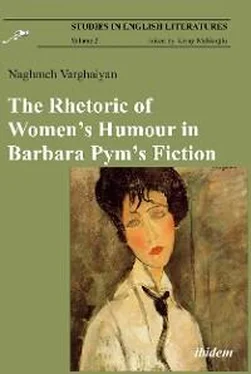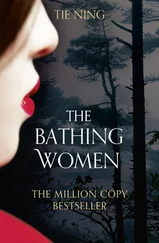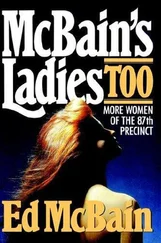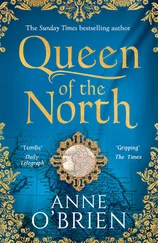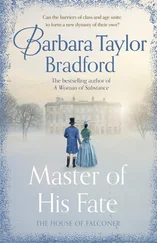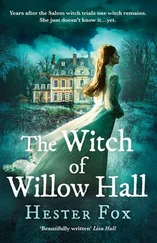It is thus a particular pleasure to introduce a new book which constitutes a significant contribution to Pym scholarship, one that centers on the subject of humor in her novels. Naghmeh Varghaiyan’s The Rhetoric of Women’s Humour in Barbara Pym’s Fiction is an important and insightful study of three early novels of Barbara Pym: Some Tame Gazelle (1950), Excellent Women (1952) and Jane and Prudence (1953). As Varghaiyan shows, Sevda Caliskan’s claim that traditionally “women and humor [have been regarded as] quite incompatible categories” (49) remains unfortunately relevant to this day. By focusing her investigation on Pym, Varghaiyan makes a convincing case for a specifically female sense of humor, countering the centuries-long tradition of mistakenly regarding such “writings related to comedy and humor […] as serious works since they differed from the established conventions of comic writings.”
Following a comprehensive opening survey of attitudes towards the humorous works produced by female writers, Varghaiyan devotes the rest of her book to Pym’s early novels, of which at least two – Excellent Women and Jane and Prudence – are set in the post war era (the dating of the events in Some Tame Gazelle, which Pym began writing in the 1930s and revised after the second World War, is unclear). While Pym’s female characters are not overtly rebellious, they grow discontent with the patriarchal reality of their day, and their wry and often comic observations come to represent a mode of coping with the world. As Varghaiyan astutely notes, a good sense of humor can be both a matter of personal survival as well as a weapon. But although Pym's female characters turn to humor to cope with various distressing realities of their day – indignities ranging from the mundane (a shared bathroom in Excellent Women) to the existential (the loneliness of a young unmarried woman in Jane and Prudence) – they are never cruel, and their humor is not used to humiliate or belittle fellow human beings. In that regard, Varghaiyan argues, female humor in Pym’s work is different from conventional humor: it allows her heroines to undermine the authoritative power of the dominant male culture around them.
Writing this preface in the summer of 2020 amid the global COVID-19 pandemic affords a fresh and unexpected perspective from which to view Pym’s novels of the 1950s. Rereading Excellent Women, I feel like I better understand the crucial importance of comic moments in ameliorating the various hardships the characters encounter as they navigate their new postwar reality. On social media, members of the “Barbara Pym Fan Club” on Facebook report that her novels are a constant source of consolation. Just the other day, one member shared how rereading Some Tame Gazelle helped her get over her grumpiness about having to postpone her vacation this year, and another reader wrote that he kept returning to her books because they were “wickedly funny.” 1
During a recent spate of correspondence with Varghaiyan, in which we checked in on each other during the pandemic, we found ourselves chatting, as usual, about Pym, the reason why we first became friends several years ago. The humorist and academic Regina Barreca claims that humor (or comedy) is the least universal textual territory. But perhaps the case of my friendship with Varghaiyan proves that Pym’s humor transcends “age, race, ethnic background, and class.” After all, Varghaiyan and I are probably as distant a readership as Pym could have ever imagined: two women living in the Middle East: a Muslim and a Jew bound in friendship through our mutual admiration for her novels, with their humorous depictions of wry spinsters and bumbling curates; jumble sales and the ritual and hierarchy of tea pouring. If a stronger argument exists for the importance of appreciating female humor, I am eager to hear it.
Introduction
This book explores the basic characteristics and functions of women’s humour in British novelist Barbara Pym’s Some Tame Gazelle (STG), Excellent Women (EW) and Jane and Prudence (JP). The heroines featured in these novels manage to survive in a patriarchal culture through their personalities and humour. Guided by Pym’s structural and thematic strategies, their subversive humour undermines the authoritative power of the dominating culture. Although this study focuses on subjects, themes, and topics that are relevant to women, Pym did not have an openly feminist agenda. But since, as Michael Cotsell points out, “any study of Pym must keep in mind that its subject is a woman author, exploring one phase of women’s experience” (7), feminist concerns have to be considered in an analysis of her work.
Although theories of humour have undergone fundamental changes, they have mostly remained under the influence of the standards set by the dominant patriarchal perspectives. Accordingly, the classical theory of humour has failed to provide an adequate set of terminology, or effective technical tools with which to analyse the specific sense of humour of female writers.
This study is based on terminologies offered by forerunners of the theory of women’s writing such as Eileen Gillooly, Regina Barreca, and Nancy Walker. Dismissing conventional theories of humour in female writing, this study aims to offer an alternative approach to such humour as instantiated by Pym’s novels.
Barreca highlights the inadequacy of conventional theories of humour in relation to female comical writing. According to her study, comedy has been traditionally defined in these ways: as a “celebration of fertility and regeneration,” as “the vulgar and exaggerated presentation of the familiar,” as “catharsis of desire and frustration,” as a “social safety valve,” as a “carnival,” as an “unconscious, psychological reaction to personal and social instabilities,” and as a “happy ending, joyous celebration, and reestablishment of order” (introduction 8). Such definitions, as Barreca understands, do not exemplify women’s comic writing, which primarily “has to do with power and its systematic misappropriation.” In spite of its undermining power, traditional humour substantiates the dominant cultural values, mostly patriarchal. Judith Curlee also emphasises this point, stating that traditional and conventional comic discourse supports the patriarchal order since it “generally maintains the status quo in society by failing to problematize the kinds of inequity that it often reveals” (35). Thus, the traditional comic discourse has covertly and invariably been in the service of the dominating patriarchal culture.
According to Barreca, numerous events and details in life determine, and have an impact on, “the way we create and respond to” (Untamed 12) the humorous and humour. Thus, the theoretical discussions on humour and comedy, as one of the artistic mediums of humour, had long existed before the commencement of any structural analysis in literary studies. In the canonised sense of the term, humour can be described as something which causes one to smile and/or to laugh. This concept has been a relatively recent phenomenon, although the concept of comedy has always existed in literary texts. 2“Comedy,” according to Alleen and Don Nilsen, “is a term that literary scholars ‘owned’ long before the popular culture gave it today’s more generalized meaning of something that brings smiles and laughter” (246). The definition of the term ‘comedy,’ however, has undergone enormous changes throughout time. For instance, as Alleen and Don Nilsen point out, in medieval times it “was applied to literary works that were not necessarily created for the purpose of arousing laughter, however, it had happier endings and less exalted styles than tragedies.” In the Middle Ages it was categorised into different parts such as “High Comedy (what we now refer to as smart comedy or literary comedy) relied for its humour on wit and sophistication, while low comedy relied on burlesque, crude jokes, and buffoonery” (246). As Barreca highlights, the lack of a universal definition for comedy is due to the fact that “out of all the textual territories explored,” it is “the least universal” (12). The reason is that comedy appears to be fundamentally subjective in nature so that its production as well as its reception is contextually gender-based since “age, race, ethnic background, and class are all significant factors in the production and reception of humor” (Barreca 12).
Читать дальше
